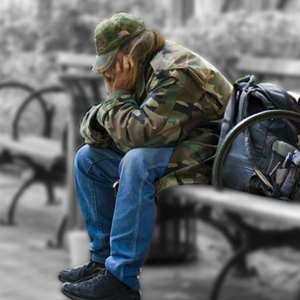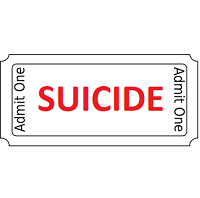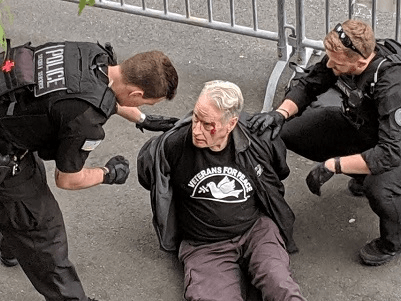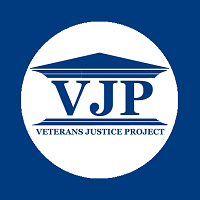Be the Story_The Voucher System
Starting the Apartment Search

As part of my participating in the filming of a documentary on vulnerable veterans with Let’s Rethink This founder Jerry Ashton and acclaimed documentarist and filmmaker Patrick de Warren , I arrived in NYC in late July from Phoenix, AZ. For this documentary to work I ’ve decided to actually ‘ Be the Story ’ and document my personal process of going from , ‘ Homeless to Homeness .’
I arrived in New York on July 26, Flew back to Arizona on August 13, and back to NYC on August 20. I’ve been a temporary resident of the New York Department of Homeless Services (NYDHS) since July 28. Even though I am staying at a shelter, they are kind enough to allow me to use their address to obtain my new New York ID card, register as a New York Democrat (45 yrs as AZ GOP’er ), and even get a library card. I am also newly enrolled in the Manhattan VA and starting to receive the medical and mental health treatment I’ve been denied in Arizona. That included the HUD/VASH voucher program for disabled and low-income veterans.
As a service-connected disabled veteran (70% for PTSD) whose also poz , I am eligible for several ‘ vouchers’ . I already have one voucher from HASA , a S ocial S ervices agency and covers housing anywhere in the five boroughs , CityFHEPS for those not covered by any other vouchers , and the HUD/VASH voucher which I should be getting sometime in early to mid-October.
The first apartment I viewed was a one-bedroom in an area that wouldn’t be conducive to the work I’ll be doing in Mid-Manhattan and Brooklyn with various veteran’s organizations including homeless and judicial agencies. The second apartment I viewed is a sweet studio in East Harlem, a part of the city that is experiencing gentrification with the return of former New Yorkers seeking older neighborhoods to adopt as their own. For those of us that lived in Chicago during the 1990’s, we saw this happen with Wicker Park. This apartment is also a little far from downtown, but the neighborhood is diverse, and I would be able to transfer to a one-bedroom after my first yea r.
Both of these referrals have been provided by Eric Jackson of the Jericho Project , a “nonprofit ending homelessness at its roots by enabling homeless individuals and families to attain quality housing.” Mr. Jackson and Jericho Project have continued to work with me to obtain a HUD/VASH voucher that will be combined with the HASA voucher for supportive housing through an organization called Citileaf which I will go more into in the next installment o f Homeless to Homeness .
These little articles are sent to veterans on prison yards and posted on the websites as a reminder to other veterans that may be struggling; they can start over somewhere else. Whether it’s New York, Seattle, even Phoenix, as veterans, we are not required to be constantly apologizing for service-connected issues and disabilities. Suicide prevention is changing a toxic environment and getting out can save a veteran’s life. The resources are there. It is hoped that these might be also shared with LO’s who may also be incarcerated.
Tim Pena








